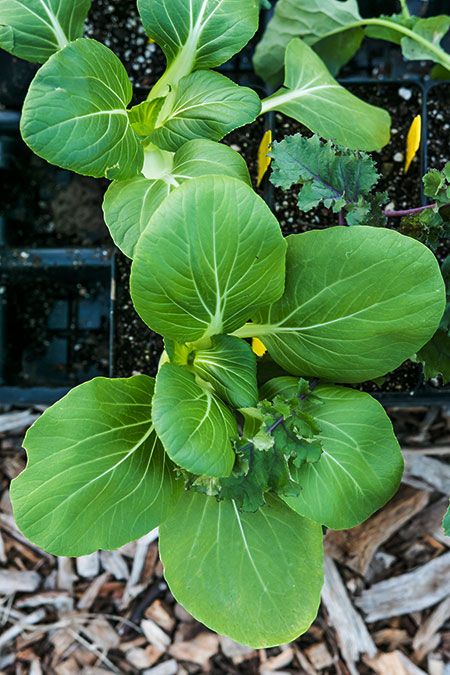In Central Texas, we can garden all winter. We do not face the same weather challenges that our neighbors in the North contend with – our region’s first frost is typically in late November, and we tend to have only soft freezes. Some gardeners plant a cover crop for the winter, but if you choose to keep your garden going, here is what you can plant in December. We wrote about some of these plants in November as well. Don’t forget that early December is also a great time to plant flowering bulbs for the spring.
As you’re deciding what to plant, remember a few other key maintenance tasks for your winter garden: mulching heavily and watering well before a freeze to protect your plants so that you can enjoy fresh, healthy produce throughout the cold season.
- Arugula: Arugula adds heaps of flavor to winter salads. It can be planted by broadcasting seeds outdoors in healthy, well-drained soil. Although full sun is preferable, arugula can tolerate partial shade. Plant seeds a quarter of an inch deep and one inch apart in rows or squares, or broadcast them over the bed. Gradually thin to six inches apart. In seven to ten days, the seeds will emerge. Leaves will be ready to harvest 40-60 days after planting. Harvest earlier when the leaves are approximately two to four inches long and more tender and flavorful. Pick off the outside tender leaves at the base of the plant, leaving the center growing for future harvests.
- Asian Greens: Bok choy, pak choy, wombok (Chinese cabbage), mizuna, and mustard spinach. They are fast growing plants; a small plot of garden space can yield a bountiful assortment of these leafy greens and crisp stems. All Asian greens grow best in moist, fertile, well-drained soil. Sow seeds about two inches apart and a quarter inch deep, then water well to settle the seeds into the soil. After seeds germinate (often in less than five days), gradually thin them to proper spacing. Large Chinese cabbage, Chinese broccoli and flowering mustard should be thinned to 14 inches apart, but small bok choy plants do well with just six inches between plants.
- Lettuce: Relatively pest free, lettuce grows best when the soil is kept constantly moist and when outside temperatures range between 45 and 75 degrees Fahrenheit, making it a perfect vegetable for winter gardens. You can try growing leaf lettuce or lettuce heads. To add a burst of color to your garden, you can choose from a number of red-leafed varieties. Sow lettuce seeds a quarter of an inch deep and one inch apart in rows or squares, or simply broadcast them over the bed.
- Radish: Crisp, peppery radishes add instant zing to any dish, whether sliced raw as a garnish, added to salads, or served as a side. They are a hardy, cool-season vegetable that can produce many crops each season because they grow so quickly. Direct sow seeds ½ inch to an inch deep and one inch apart in rows 12 inches apart. Thin to about two-inch spacings as crowded plants will not grow well. Keep the soil evenly moist but not waterlogged.
- Spinach: One of the world’s most nutritious plants, spinach loves the cold and can be grown throughout winter. Like most vegetables, spinach grows best in well-draining soil rich in organic matter. Although spinach can be propagated indoors, it is not recommended, as seedlings are difficult to transplant. Sow seeds ½ inch to one inch deep, covering lightly with soil. Sow about 12 seeds per foot of row, or sprinkle over a wide row or bed. As the plants grow, thin them to four inches apart. Don’t wait for your spinach leaves to get too large before harvesting as bitterness will set in quickly after maturity.

